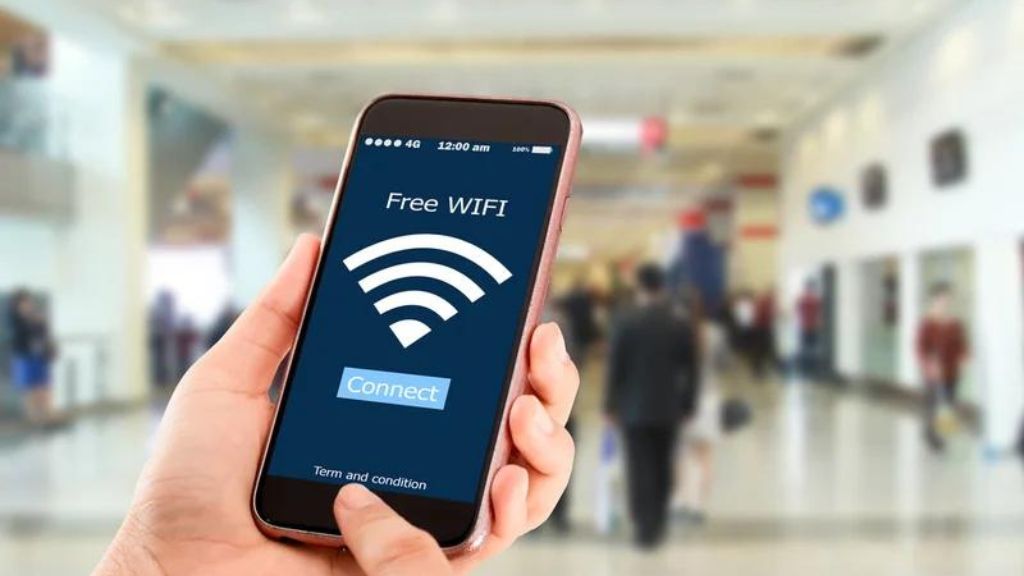The recent AT&T data breach, which exposed the personal information of millions of customers, underscores the vulnerability of even the most robust networks. As details continue to emerge, it’s crucial to understand what happened, the implications for affected individuals, and the steps being taken to mitigate the damage.
What Happened?
In early July 2024, AT&T, one of the largest telecommunications companies in the United States, disclosed a significant data breach. The breach was first detected by cybersecurity researchers who found a large cache of sensitive customer information traded on the dark web. According to initial reports, the breach affected approximately 10 million AT&T customers, making it one of the largest data breaches in recent years.
The exposed data poses a substantial risk for identity theft and fraud, with compromised data that includes names, phone numbers, addresses, dates of birth, passcodes, and Social Security numbers.
How Did the Breach Occur?
AT&T stated they launched an investigation and engaged leading cybersecurity experts to understand the nature and scope of the criminal activity. The company is working with law enforcement to arrest those involved in the incident, as well as The Justice Department and the FBI each said it is working with AT&T to investigate the hack.
Early indications suggest that the breach may have originated from a third-party cloud platform, which had access to AT&T’s customer data. This scenario is not uncommon, as many large companies rely on external partners for various services, including data management.
Cybercriminals often target these third-party vendors, which may have weaker security protocols. By exploiting vulnerabilities in the vendor’s systems, hackers gain access to a wealth of information stored by the primary company. This incident highlights the importance of rigorous cybersecurity measures across all levels of an organization’s supply chain.
The Impact on Cellular Customers
Based on the investigation, the dataset contains AT&T records of calls and texts of nearly all current and former customers and landline customers. The primary concern is the potential for identity theft. With access to AT&T account information such as customer names, addresses, and Social Security numbers, cybercriminals can engage in fraudulent activities, including opening new accounts, applying for loans, and making unauthorized purchases.
AT&T has assured customers that it is taking the breach seriously and is providing free credit monitoring services to affected individuals. Additionally, the company has set up a dedicated helpline for customers to report any suspicious activity and seek assistance in protecting their accounts.
Legal and Financial Ramifications
The company will face lawsuits from affected customers, seeking damages for exposing their personal information. Class action lawsuits are a common consequence of large-scale cyberattacks.
Furthermore, AT&T may incur substantial costs related to the investigation and remediation of the breach, and provision of credit monitoring services. The company’s reputation is also at stake, as customers may lose trust in its ability to safeguard their personal information.
Strengthening Cybersecurity Measures
In response to the breach, AT&T has pledged to enhance its cybersecurity measures to prevent future incidents. This includes conducting thorough security audits of third-party vendors, implementing more stringent data protection protocols, and investing in advanced threat detection technologies.
Experts recommend that companies adopt a multi-layered approach to cybersecurity, which includes regular vulnerability assessments, employee training on security best practices, and encryption to protect sensitive data. By taking these steps, organizations can reduce the risk of massive data breaches and minimize the impact if they do occur.
What Can You Do to Protect Yourself?
While AT&T works to address the breach, several steps affected customers can take to protect themselves:
1. Monitor Your Accounts:
Regularly check your bank and credit card statements for unauthorized transactions. Report any suspicious activity to your financial institution immediately.
2. Use Credit Monitoring Services:
Take advantage of the free credit monitoring services offered by AT&T. These services can alert you to any changes in your credit report, such as new accounts opened in your name.
3. Change Your Passwords:
Update the passwords for your online accounts, especially if you use the same passwords across multiple sites. Use strong, unique passwords for each account, and consider using a password manager to keep track of them.
4. Enable Two-Factor Authentication:
Enable two-factor authentication (2FA) for your online accounts. This adds an extra layer of security by requiring a second form of verification in addition to your password.
5. Be Wary of Phishing Scams:
Threat actors often use phishing emails to trick individuals into revealing personal information. Be cautious of unsolicited emails, phone calls, and text messages that ask for sensitive information, and verify the sender’s identity before responding.
Conclusion
The recent AT&T data breach is a stark reminder of the ongoing threats to our digital security. While the data leak has exposed the personal information of millions of account holders, it also serves as a call to action for both companies and individuals to prioritize cybersecurity. By staying vigilant and adopting best practices for data protection, we can collectively work towards a safer digital future.




